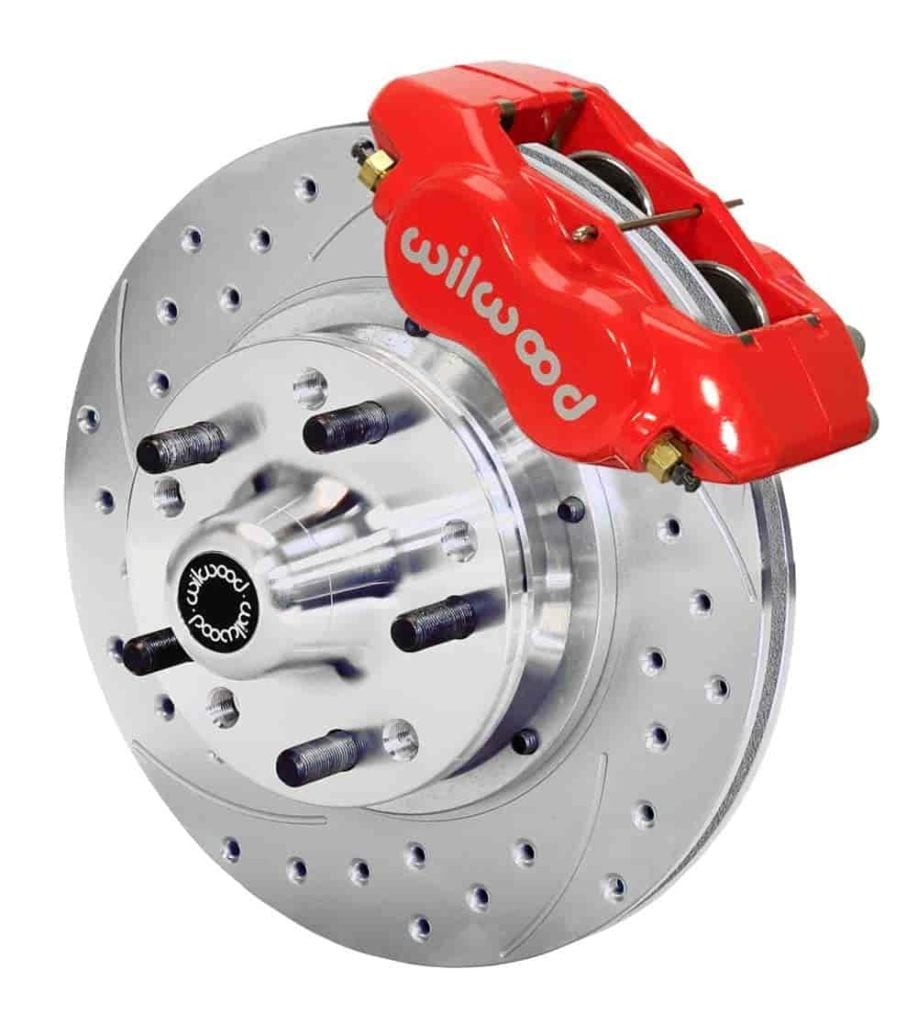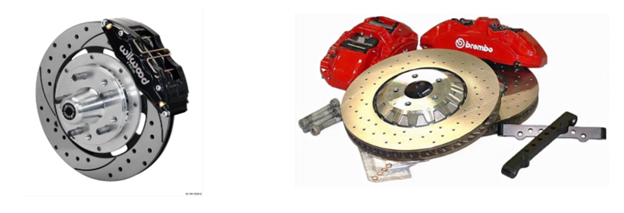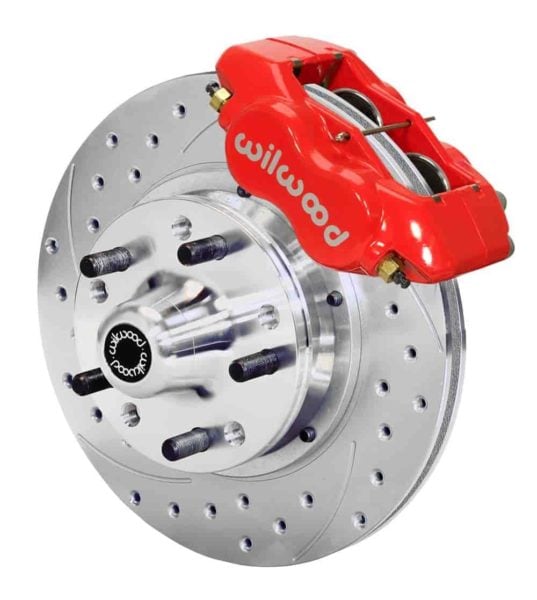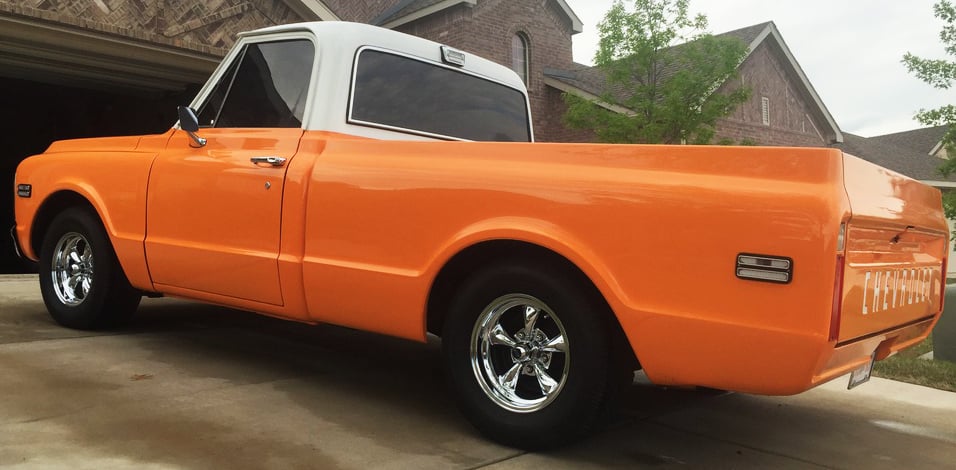Wilwood brakes are an excellent aftermarket addition to your vehicle, especially if you are passionate about performance and stopping power. However, like any other braking system, Wilwood brakes need to be bled whenever there’s a possibility of air getting into the hydraulic system or every couple of years when you change the brake fluid. Doing so will ensure that the brakes are in good working order and that they don’t have any air bubbles that can make them spongy and less effective stopping your vehicle.
Knowing how to bleed Wilwood brakes will help you keep your braking system in good condition and safe on the road.
Why Learn How To Bleed Wilwood Brakes?
Bleeding your brake system regularly is essential to protect yourself and other drivers. Over time, your brake fluid can develop air bubbles through system leaks or atmosphere moisture. Bleeding the brakes and adding new fluid will help ensure that your Wilwood brakes are always responsive and that you can make the most of these high-performance components. It is a relatively simple job, and it can save you money while getting the most from your brakes.
Before you begin the process of bleeding your Wilwood brakes, there are a few things you’ll need. You should have new DOT3 or DOT4 brake fluid, plastic tubing, a wrench or socket set, and an assistant. If you want everything you need in one package, a brake bleeding kit can be an excellent choice, but it isn’t necessary if you already have the tools.
How To Bleed A Wilwood Master Cylinder
In all likelihood, you’ll only need to bleed a brake master cylinder during the initial installation. To bleed a Wilwood master cylinder, you will have to bench bleed it. This ensures that all air is out of the master cylinder so it won’t get into the brake lines. Once you have removed the master cylinder, clamp it into a bench vice completely level or with the front end pointed down slightly. Then, you can attach hoses to the outlet fittings and route them back into the reservoir. Fill the master cylinder reservoir with new brake fluid about one inch from the top.
Using a screwdriver or dowel, pump the piston at the bottom of the master cylinder through its entire range of motion several times. Once you do this, you should also do a few shorter, quicker strokes to get all the remaining air out of the cylinder. Alternate between these two motions until you see no more bubbles in any hoses, submerging them in the new brake fluid. After all the air is cleared, you can reattach the master cylinder and the brake lines, taking care not to spill any brake fluid in the engine compartment.
How To Bleed Wilwood 4-Piston Calipers
Knowing how to bleed Wilwood calipers should be the next task on your list after bleeding the master cylinder. Wilwood 4-piston calipers are designed to have the best heat dissipation since all the force is equally distributed around the caliper. These calipers will have more than one bleeder screw, to allow you to mount on either side of the vehicle tilted. You do not have to worry about bleeding the bottom screws once the caliper is in position since all the air will go to the top screws.
You will need an assistant to help you pump the brake pedal as you learn how to bleed Wilwood calipers. The point of the bleeding process is to make sure that no air makes it back into the system as you push it out. Start with the wheel that is furthest away from the master cylinder. This is usually the rear passenger side. Attach a hose to the bleeder screw and submerge the other end into a bottle of brake fluid. As your assistant pushes the brake pedal down, loosen the screw, and have them continue to hold the pedal down. As the brake pedal is pressed, you will see air bubbles and brake fluid push through the hose. When your assistant releases the brake pedal, brake fluid from the bottle the hose is submerged in is drawn back into the caliper, instead of air. Repeat this until you see no more bubbles in the hoses.
How To Bleed Wilwood Disc Brakes
Learning to bleed a Wilwood brake system with standard disc brakes is the same as with 4-piston calipers. Have your assistant push the brake pedal in as you loosen the bleeder screw and wait for air bubbles and fluid to push out. Before your assistant releases the pedal, be sure to tighten the bleeder screw so no air can get back into the system, unless you have sufficient brake fluid with the bleeder hose submerged. Do this until you see nothing but clear brake fluid from the master cylinder and no air bubbles. Repeat the whole thing with every brake caliper assembly until you have done the entire vehicle.
Once you have finished bleeding the brakes, the pedal should have a firm, tight feel. If you notice any slack in the brake pedal or a spongy feeling when pushing the pedal down, this is a sure sign that there is still air in the lines or that more air was pulled in at some point. Check the master cylinder and ensure that it is full of new fluid and that no air was reintroduced into it. Then, repeat the bleeding procedure until you are sure that no more air bubbles are coming out of the brake caliper bleeder screws.
After you have replaced the wheels and tightened the lug nuts, take your vehicle out for a slow test drive around the block. Press the brake pedal down slowly and feel for any give in the pedal or slack that feels like air stuck in the system. If your brakes feel tight and responsive when you press down the pedal, your vehicle should be safe to drive until the next interval.
JEGS: For All Your Automotive Needs
If you want to maximize your vehicle’s performance with high-quality brake upgrades from Wilwood and other top brands, JEGS has you covered. Take advantage of our expert team's advice, fast delivery options, and unrivaled product lineups for virtually any model you drive.












